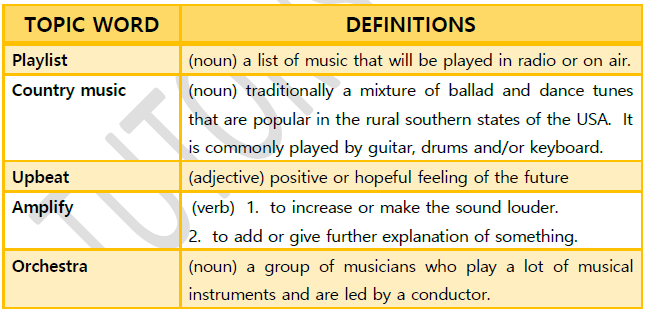IELTS スピーキング バンドスコア 7+対策法 Topic Word (テーマ別単語) 5
「EDUCATION」

IELTS スピーキングの採点基準「 Lexical Resource (Vocabulary) 語彙の豊富さ」で
高い評価を得るために、Topic Word (テーマ別単語) の習得が必須です。
試験官は、質問のトピック(テーマ)にどれほど、受験者がTopic Word を
使って回答しているかをチェックしています。
例えば、環境問題について話をするとき、climate change, pollution levels などの単語が
すらすら出てくることを期待しています。
Topic Word テーマ別単語 「EDUCATION」
以下、5つの単語は「EDUCATION」に関連したTOPIC WORDです。
単語の定義を覚えましょう

試験で使える!Topic Word 「EDUCATION」
SCHOLAR 学者

┃ 定義

┃ 例文

┃ Collocation 連語

PEDAGOGY 教育学、教授法

┃定義

┃ 例文

┃ Collocation 連語

LITERATE 博学の、博識の

┃定義

┃ 例文

┃ Collocation 連語

その他IELTSスピーキングで使える「education」に関連したTopic Word

- Curriculum (カリキュラム)
例文: The school introduced a new curriculum last year.
和訳: その学校は昨年、新しいカリキュラムを導入しました。
- Seminar (セミナー)
例文: I attended a seminar on modern teaching methods.
和訳: 私は現代の教授法に関するセミナーに参加しました。
- Tuition (授業料)
例文: Many students struggle with the rising tuition fees.
和訳: 多くの学生が上昇する授業料に苦しんでいます。
- Diploma (卒業証書)
例文: She earned her diploma in graphic design.
和訳: 彼女はグラフィックデザインの卒業証書を取得しました。
- Tutorial (チュートリアル、個別指導)
例文: I have a tutorial with my professor every week.
和訳: 私は毎週、教授との個別指導を受けています。
- Literacy (識字、リテラシー)
例文: Improving literacy rates in developing countries is essential.
和訳: 発展途上国での識字率を向上させることは不可欠です。
- Extracurricular (課外の)
例文: He is active in various extracurricular activities like drama and music.
和訳: 彼は演劇や音楽などのさまざまな課外活動に積極的に参加しています。
- Bachelor’s degree (学士号)
例文: After four years of study, she earned her bachelor’s degree in economics.
和訳: 4年間の学びの後、彼女は経済学の学士号を取得しました。
- Academic (学問の)
例文: She has always been an academic person, excelling in her studies.
和訳: 彼女は常に学問的な人物で、勉強に秀でています。
- Thesis (論文)
例文: He is currently working on his master’s thesis on renewable energy.
和訳: 彼は現在、再生可能エネルギーに関する修士論文の執筆中です。
「Topic Word」をインストラクターと一緒にレッスン!




















































